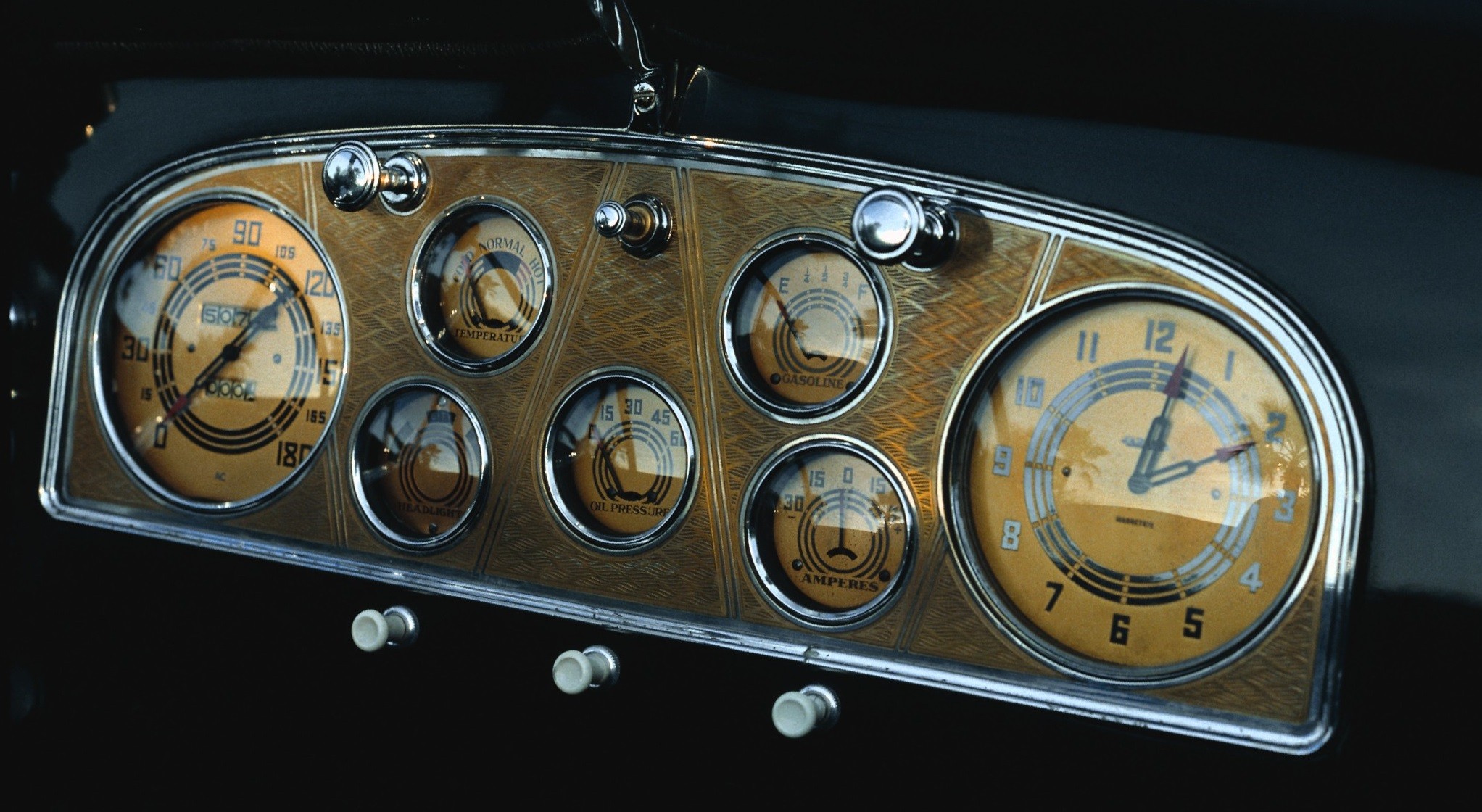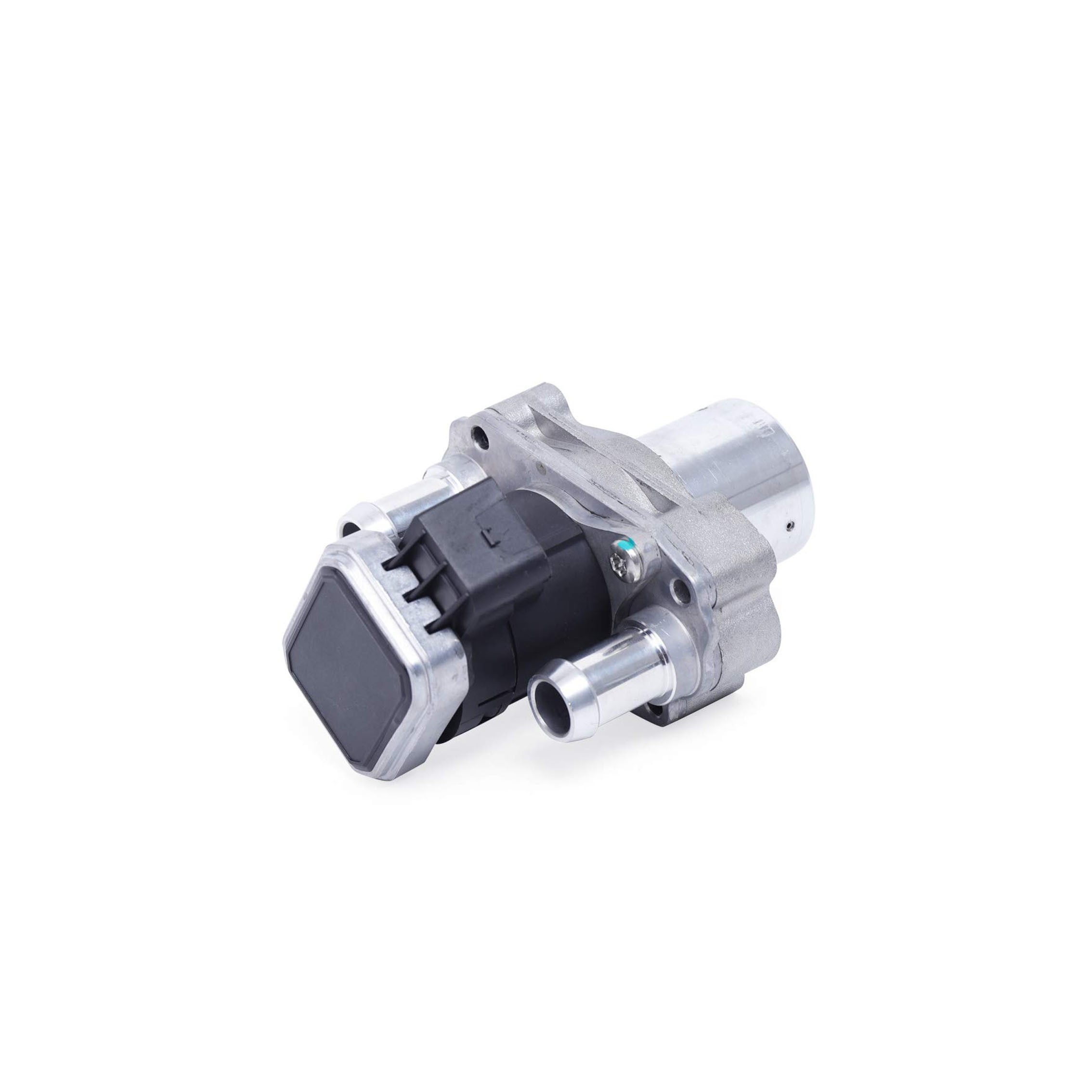
How to get out of an old car and move into a new one
Content
There are a number of reasons why someone might want to get out of their auto loan. Their credit history may have been bad when they first got a loan, but it has improved over time. Perhaps the stipulated conditions were not the same ...
There are a number of reasons why someone might want to get out of their car loan. Their credit history may have been bad when they first got a loan, but it has improved over time. Perhaps the agreed terms were not as stable as previously thought.
Regardless of the reason, getting a car loan can be a simple process if you take all the necessary steps. If you want to buy a new car, you first need to take care of your current one.
Part 1 of 4: Gathering the necessary information
An important condition for purchasing a new car is to establish the value of your current car. Here's how to get a good idea of your car's value.
Step 1: Use Websites to Determine Value. Find the current value on a website such as Kelley Blue Book or the NADA website.
They don't take into account every single factor that affects cost, but they do cover the basics like what a car would typically go for with your particular trim and condition.
Step 2: Browse ads or listings of similar vehicles on eBay.. Sometimes you can find already sold cars in classifieds or on eBay.
This allows you to see what sellers are asking for and what buyers are willing to pay.
Step 3. Contact local dealers. Ask local dealers how much they will sell your car for used and how much they will pay depending on its value.
Step 4: Determine the grade. Take into account all the numbers and, based on the time of year and your location, calculate an accurate estimate of the value of your car.
Step 5: Compare the amount of debt with the value of the car. If your car is worth more than you owe, sell the car and pay off the loan.
The rest of the money can be used to buy the next car. You will make less money by selling your car when buying a new one, but you can avoid the time and money required to sell your car privately.
- FunctionsA: If the car is in good condition and doesn't require a major overhaul, try selling it privately. It will take more time and effort, but it can be the difference between paying off a loan and being upside down.
Part 2 of 4: Consider what to do if you owe more than the value of the car
In many cases, when a vehicle is disposed of before it has been paid in full, the amount owed exceeds the value of the vehicle. This is called inverted credit. This is a problem because you can't just sell the car and pay off the loan.
Step 1: Reassess the situation. The first thing to do if you find yourself upside down with a car loan is to consider whether it might be beneficial to keep the car longer.
Please note that you will have to pay the rest of the loan out of your own pocket after deducting the cost of the car. This cost will reduce what you would otherwise have to spend on a new car.
If you can't pay off the rest of the loan, that means you'll be paying for one car while trying to make a down payment on a new car, limiting your negotiating ability when the time comes.
Step 2: refinance the loan. Consider renegotiating the terms of your existing loan.
Finding yourself in a situation where you cannot keep up with loan payments is a common problem. Most lenders are quite understanding if you contact them about refinancing your loan.
Regardless of what you end up doing, whether you keep the car or sell it, refinancing is beneficial. If you're selling a car, you can pay off most of the loan and then pay less for the rest over a longer period of time.
- FunctionsA: You can keep the car long enough that it doesn't get flipped if you refinance and develop a payment plan that works with your budget.
Step 3: Transfer the loan to another person. Depending on the terms of your particular loan, you may be able to transfer the loan to someone else.
This is a great solution if possible, but make sure every part of the loan is transferred to the name of the new owner. If not, you may end up liable if they don't make payments.
Part 3 of 4: Renting a New Car
Depending on how much money you have on hand, it can be difficult to get a loan and jump right into a new car. However, there are still a few options for people with a stable income but no money to save.
Step 1: Rent a car. This is a good option for those who regularly change their car to a new one.
When you rent, you make monthly payments to use the car for several years, and then return the car at the end of the lease.
Depending on who the original loan was obtained through and who you will be renting from, in some cases it is possible to add the negative equity from the rollover loan to the total value of the rented car.
This means that the monthly payments will contribute to both, although the payments will be more than just a rental car.
Part 4 of 4: Get a car without investment
Step 1: Make only monthly payments. Many dealerships offer deals where you can get into the car without investing money, making monthly payments to eventually pay off the car.
The problem is that these deals often come with a higher interest rate, exacerbated by the fact that you will be paying interest on the entire value of the car.
- Functions: It's hard to negotiate to buy a car without depositing money on it, although if you're selling your car you'll have more bargaining power.
Buying a new car and getting rid of the old one may seem like a daunting process, but it can actually be rewarding. If you do it right, you can make a good financial decision that will help you get into a new car at the same time. Make sure that before you receive your new vehicle, one of our certified technicians will conduct a pre-purchase inspection.
